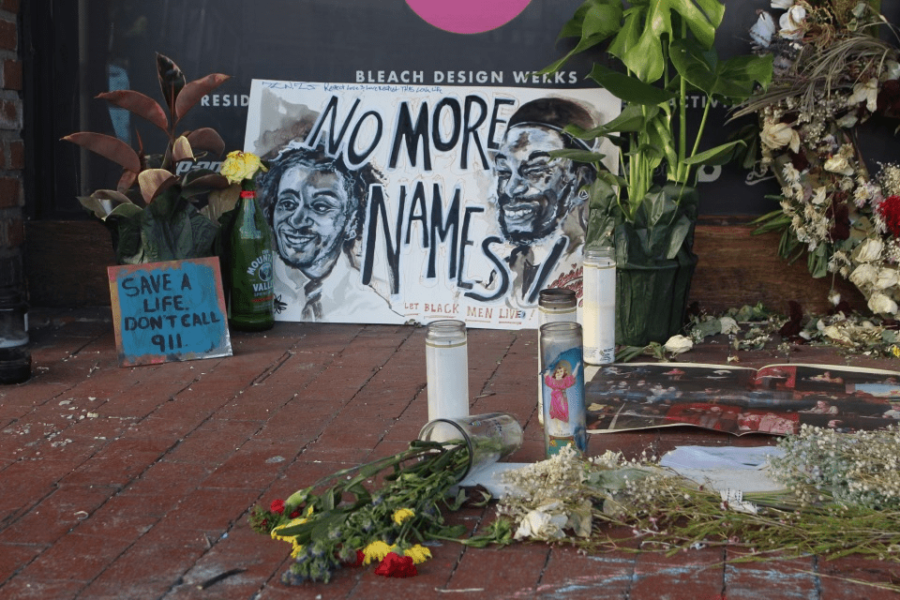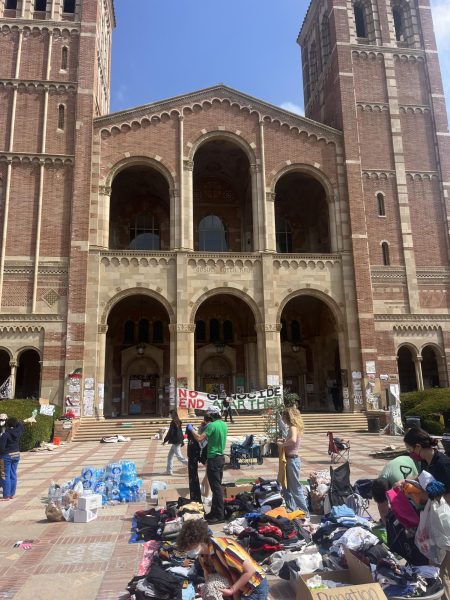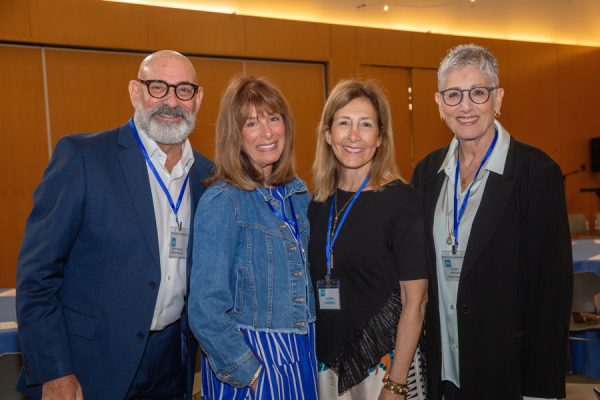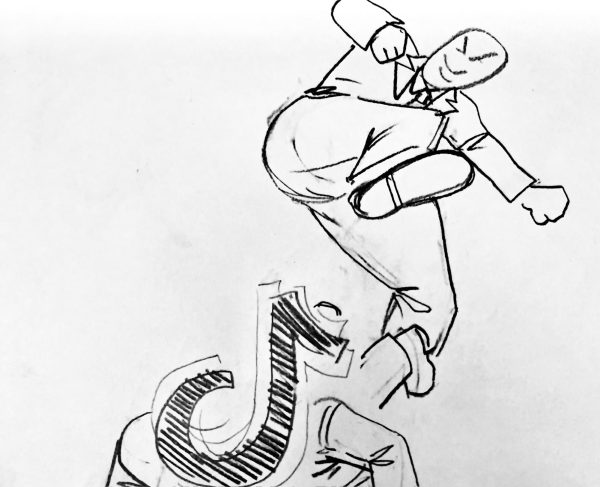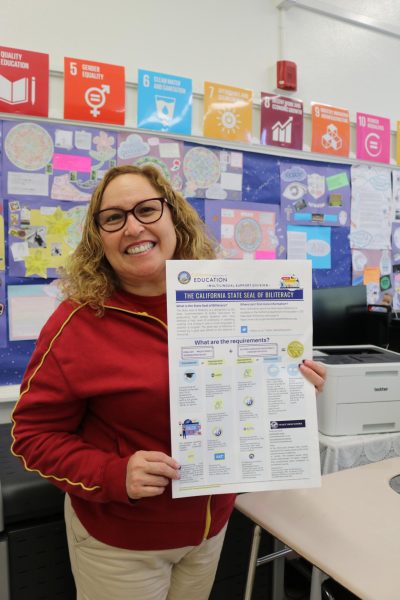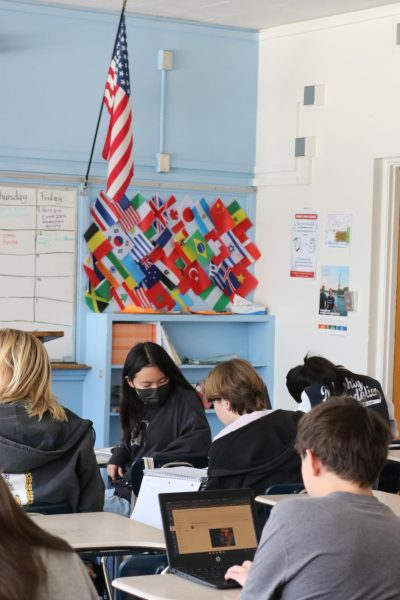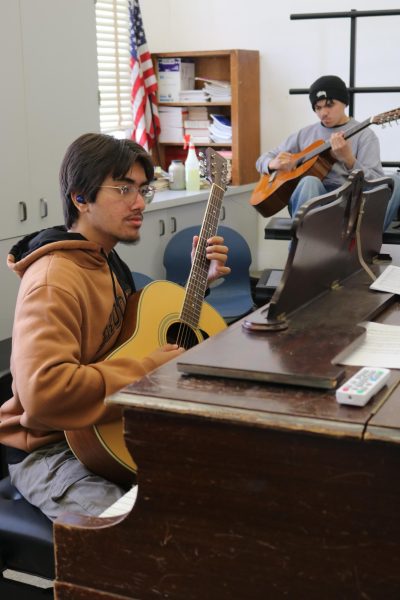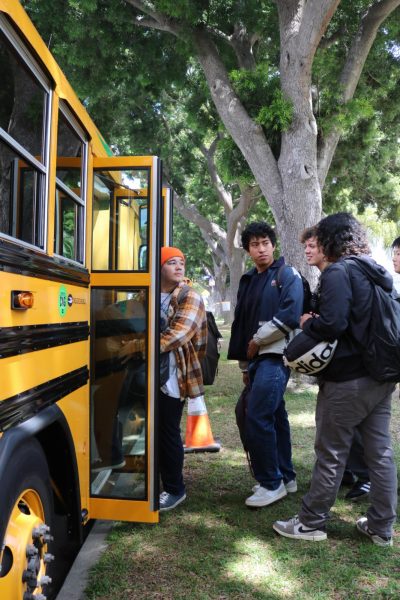Violent Incident At Lincoln And Venice Initiates Conversation
The death of Keenan Anderson re-ignites discussions about police brutality
February 17, 2023
In just the first two months of this year, death by police brutality has already taken a toll on the American people, specifically in the case of Tyre Nichols in early January, and the closest to home, Keenan Anderson.
Anderson died on January 3 in hospital after being tased several times by an LAPD officer on Venice and Lincoln Boulevard.
Body camera footage from the incident has since been published online by the LAPD.
According to the Los Angeles Times, Anderson had been in a “felony hit-and-run” and a motorcycle officer arrived at the scene.
“Please help me—they’re trying to kill me,” said Anderson after minutes into the recording as officers pinned him down. One in particular threatened to tase him if he didn’t turn onto his back.
The officer can then be seen tasing Anderson multiple times in a row—as many as six hits in forty-two seconds.
“I had this very bad feeling that something was going to happen even though it hadn’t,” said Brett Anchartechahar, an employee at Deus Ex Machina who witnessed the scene.
“I couldn’t tell you what I was feeling, because there were a lot of different things happening at the same time, but it could’ve been helped out more psychologically instead of the police detaining him and doing everything physically.”
According to Anchartechahar, he wishes he could’ve helped the situation, but feared that he would only worsen it, not only for himself but for Keenan Anderson as well.
“It was such a normal day too, and then I just saw this guy running in the street in all kinds of ways, but he wasn’t violent, cooperating, or resisting,” he said.
Although Anchartechahar was an in-person witness who was impacted by the scene, the body camera footage has allowed a mass audience to react to Anderson’s death.
“This was an incident where the police murdered an African-American man—a man who was a teacher, a member of his community, and this is obviously not the first such incident that we’ve seen,” said history teacher Peta Lindsay.
The behavior exemplified by the officers is not only just limited to the public however, as run-ins with the police are possible in the school environment.
“What happened to Keenan Anderson should hit close to home for all of us on campus, because it highlights the experiences of our students and staff of color, more specifically, our Black community,” said history teacher Alejandro Arroyo.
“In speaking to my students, too many have told me they have already experienced harassment and negative experiences with police, on and off campus.”
On school campuses across Southern California, Black students are three times more likely to be referred to law enforcement than white students. Black girls also make 6 percent of students but are 18 percent of arrests.
Additionally, police arrested only 12 percent of white students but 20 percent of Black students while passing by classes.
“It’s psychologically difficult to be a young African-American person to see this happening,” said Lindsay. “You really worry about the young people who are watching these stories, who are seeing these videos like, ‘how does that impact you on the day to day?’” she said.
Senior Fatima Guevara Martinez, a M.E.Ch.A de Venice member, said that she heard of Keenan Anderson’s death after passing by the memorial on her way to the Boys and Girls Club building on Venice and Lincoln.
She felt compelled to start researching about the situation and was left in shock.
“I think I felt more devastated because it was right around school,” she said. “Who’s to say that it can’t happen while each of us are walking somewhere and see it firsthand?”
Senior Jennifer Lopez, who is also a M.E.Ch.A de Venice member, said even though she was saddened by the situation, she was also not surprised by the outcome considering that Anderson was a Black man.
“I was just shocked that it had happened not only to a person of color, but it happened right around our school,” she said. “It shows that the police are police, the police are going to be police, and they’re going to use their power however they want to in as many ways as they have and will continue to do so.”
But as Lindsay said, it’s not just about the awareness of the individual, but the collective.
“We should all keep our eyes on these situations to understand how institutional racism works, understand how these systems work, how the media plays into this, how the politicians play into this instead—it’s not just police officers.”
Note: Keenan Anderson was an English teacher at Washington D.C.’s Digital Pioneers Academy, a cousin of Patrisse Cullors—a co-founder of the Black Lives Matter movement—a husband and a father, not just a statistic.

